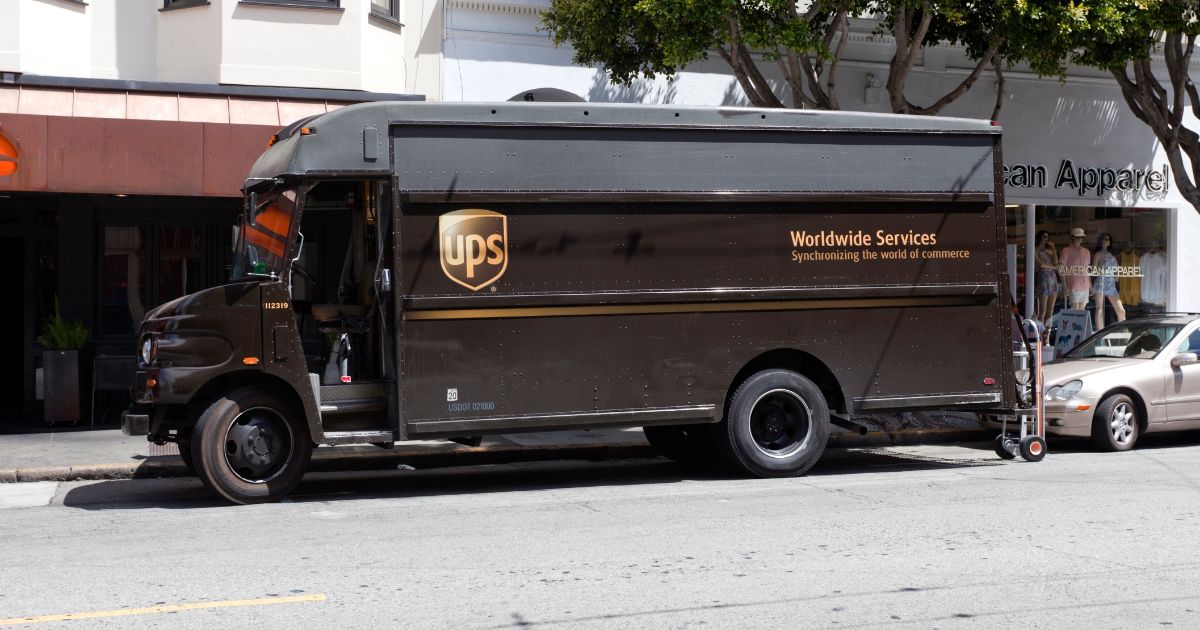New York’s no-fault insurance laws play a significant role in handling claims following motor vehicle accidents, including those involving trucks. These laws are designed to provide immediate benefits for certain expenses without needing to establish fault. Understanding how this system operates can help those involved in a truck accident address their medical and financial needs with a more informed approach.
What Is No-Fault Insurance in New York?
No-fault insurance, also known as Personal Injury Protection (PIP), is a mandatory coverage required for all motor vehicle owners in New York. It can cover medical expenses, lost wages, and other necessary costs arising from an accident, regardless of who was at fault.
After a truck accident, you may file a claim with your own insurance provider under your PIP coverage to obtain benefits. This system eliminates the need to prove liability before receiving compensation for specific economic losses. However, it does not cover property damage, which must be addressed through other types of insurance claims. This prevents insurance claims and lawsuits against the allegedly at-fault driver, so in many cases, there is no determination of liability.
What Expenses Does No-Fault Insurance Cover?
No-fault insurance primarily covers ‘economic’ damages. These include medical expenses related to injuries sustained in the accident, such as hospital visits, surgeries, physical therapy, and prescription medications. It may also compensate for a portion of lost income if the injuries prevent a person from working. Additionally, no-fault insurance can cover certain incidental expenses, such as transportation to medical appointments or hiring help for household tasks that the injured person cannot perform. It is important to note that ‘non-economic’ damages, such as pain and suffering, are not compensated under this system.
Are There Limitations to No-Fault Insurance Coverage?
In New York, the maximum PIP coverage is $50,000 per person. While this amount may cover many minor to moderate injuries, it may not be sufficient for more serious truck accident injuries. Expenses that exceed the policy limits would need to be addressed through additional claims or lawsuits against at-fault parties. Certain situations also disqualify individuals from receiving no-fault benefits. For example, drivers operating a vehicle under the influence of alcohol or drugs at the time of the accident may be ineligible for coverage.
Can I File a Liability Claim Against a Truck Driver?
If you want to file a liability claim against a truck driver, you must meet one of the criteria outlined in Section 5102(d) of New York’s insurance law.
- Dismemberment, serious disfigurement, or fracture
- Permanent or significant limitation of use of a bodily organ, function, or system
- Loss of a fetus
- Significant disability that will last at least 90 days
- Death
When Can a Truck Accident Lead to a Lawsuit?
Although New York’s no-fault insurance laws aim to limit the need for lawsuits, there are circumstances where a lawsuit may be appropriate. If an individual sustains a “serious injury” as defined under state law, they may pursue legal action against the at-fault party. In cases involving serious injuries, a lawsuit allows the injured party to seek damages beyond the scope of no-fault insurance. This may include non-economic damages such as pain and suffering, as well as additional compensation for medical costs or lost income that exceed policy limits.
Brooklyn Truck Accident Lawyers at Rubenstein & Rynecki Can Fight to Protect Your Rights
It is common for truck accident survivors to face challenges in obtaining the compensation you deserve, particularly in New York. The Brooklyn truck accident lawyers at Rubenstein & Rynecki have extensive experience handling these cases and can provide guidance on your legal options. For a free consultation, call our Brooklyn, New York, office at 718-522-1020 or submit our online contact form. We proudly serve clients throughout New York City, including Brooklyn, The Bronx, Manhattan, Queens, and Staten Island.






